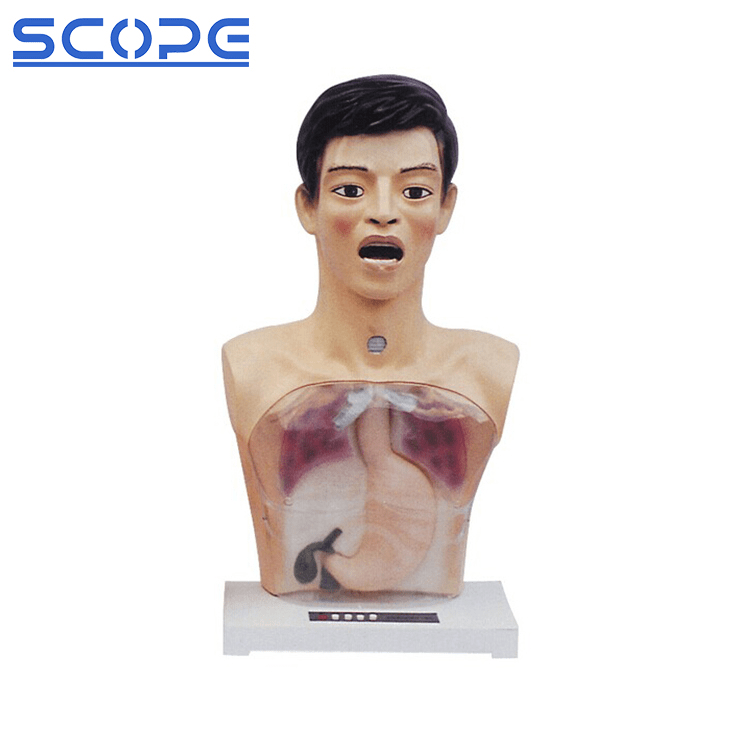Are There Any Specific Regulations Or Guidelines for Using Clinical Training Manikins?

There isn't one universally applied set of regulations for using clinical training manikins. However, the specific requirements and guidelines may vary depending on:
1. Region and Country: Different countries and regions might have their own regulations for healthcare professional training, which could indirectly affect the use of manikins. For example, specific accreditation bodies might have standards for incorporating simulation-based training, including with manikins, into their curriculum.
2. Profession and Training Program: The specific requirements for using manikins might differ depending on the healthcare profession and the training program. For example, a nursing program might have different guidelines for using manikins for practicing basic skills than a program training surgeons.
3. Purpose of Training: The regulations or guidelines might also depend on the intended purpose of the training. For instance, using manikins for basic skills practice might have different requirements than using them for high-stakes simulations involving complex procedures.
Here are some resources to help you find relevant regulations or guidelines:
l National or Regional Healthcare Regulatory Bodies: These bodies often have websites with information on training standards and requirements for healthcare professionals.
l Professional Associations: Many professional associations have guidelines and recommendations for training, which may include information on using manikins.
l Accrediting Bodies: If the training program is seeking accreditation, the accrediting body will have specific standards that need to be met, which could include guidelines for using manikins.
l Manikin Manufacturers: Some manikin manufacturers provide information on the appropriate use of their products in training programs.
Additionally, it's important to:
l Follow the manufacturer's instructions for cleaning and maintaining the manikins. Improper care can lead to the spread of infection.
l Use manikins in a way that is respectful of patients and their privacy. Avoid using scenarios that could be considered offensive or discriminatory.
l Document the use of manikins in training programs. This can be helpful for tracking progress and meeting any regulatory requirements.
By following these tips and researching the specific regulations and guidelines in your area, you can ensure that you are using clinical training manikins in a safe, effective, and ethical manner.
- Art
- Causes
- Crafts
- Dance
- Drinks
- Film
- Fitness
- Food
- Games
- Gardening
- Health
- Home
- Literature
- Music
- Networking
- Other
- Party
- Religion
- Shopping
- Sports
- Theater
- Wellness


